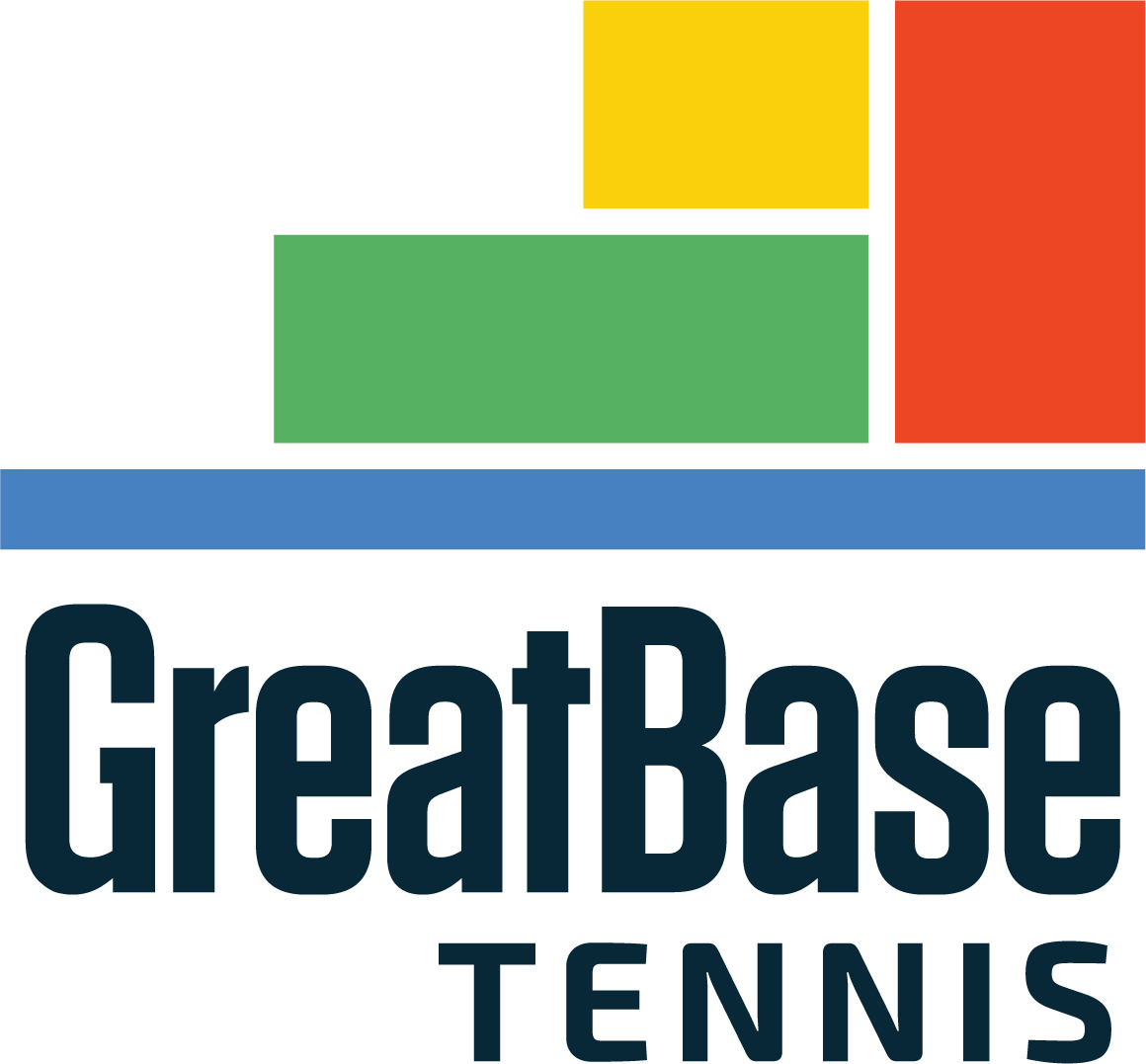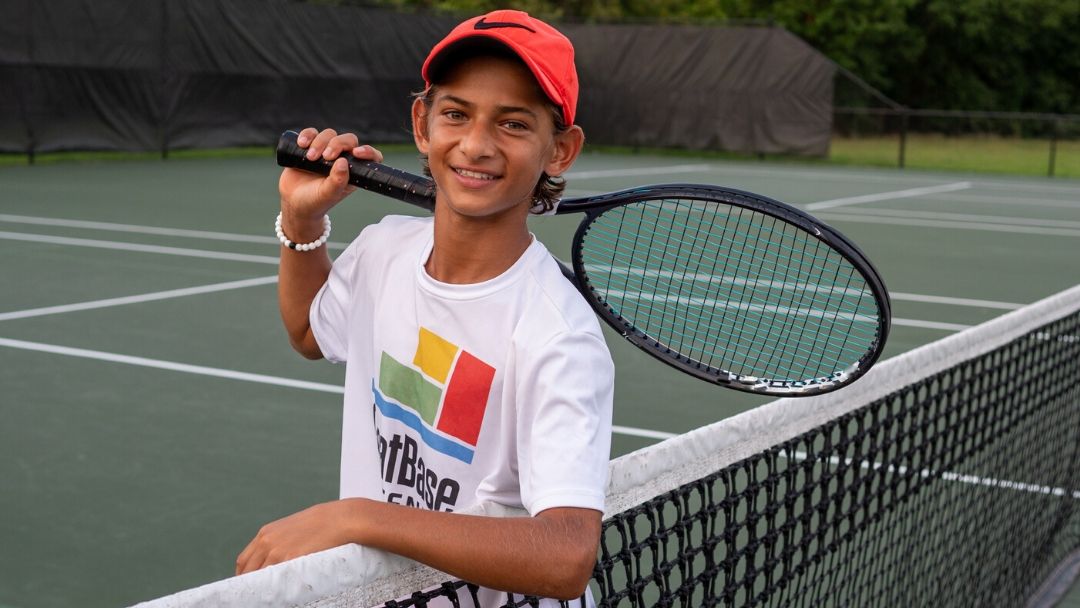First of all, I support the 10 and Under Tennis initiative. The international movement in tennis to have kids play with appropriately sized courts, balls and racquets is significant. Regardless of what ball or size court that your child is using, they still need to be taught a great base of fundamentals.
MINI-TENNIS IN HISTORY
Pancho Gonzalez and Bobby Riggs were American champions who played a version of reduced tennis before they played regular tennis. The game was played with a depressurized or punctured tennis ball and short wooden racquet with a perforated face. The net was lower, the playing surface smaller and the serve had to be hit under-handed. There were no doubles alleys and the game was predominantly played as doubles. It was great for developing the skills and reflexes to play the net.
Growing up, Althea Gibson played baseball. She learned the quick action volley pattern play from paddle tennis and had a great service-throwing motion from baseball. Add her athletic ability and her ability to prevail over adversity and you have a Wimbledon champion.
The smallest version of tennis is, of course, table tennis. Bill Price, like so many coaches during his day, was a volunteer coach. He demanded that his students play a year of table tennis before starting tennis. Chuck McKinley, the 1963 Wimbledon champion, was one of Price’s many successful students. Most accomplished tennis players have played endless hours of table tennis during their youth.
On a tennis court, service line to service line is 42 feet. In the 1980s, I traveled to Club Sparta in Prague, Czechoslovakia to study tennis. On one court the club had two mini-courts, 42 feet long with a backboard at the end of each court. Martina Navratilova, Jan Kodes and other Grand Slam champions were produced by hitting the backboard and playing mini-tennis. One of the game’s best teachers, Welby Van Horn, was emphatic about his players mastering mini-tennis and hitting billions of balls on a backboard.
“Pancho Gonzalez and Bobby Riggs were American champions who played a version of reduced tennis before they played regular tennis.”
TENNIS ISN’T EASY
Not many will argue that tennis is the most difficult racquet sport of all. The racquet sports that have walls instead of lines as boundaries do not demand as much pinpoint accuracy. To emphasize the degree of difficulty one faces while learning to play tennis, the late Vic Braden often shared, “When a ball comes to us at just 30 mph and we change the racquet face by one degree, the result is that we hit the ball 6 feet farther.”
CHANGES
America was developing a steady supply Grand Slam champions when the first group for ranking was the 13 and under division. Now kids are veterans by the age of 13. The kids are hard-wired to be inefficient technically and one-dimensional tactically.
The tennis teaching industry has gone to a game-based format as opposed to a form-based format. Programs make more money with groups than privates. Parents pay less for groups than privates. Instructors can pump out balls in drill sessions easier, yes quicker, than they can learn to teach technical skills.
WHAT IS NEEDED
For a child to become a great player, he or she should play different sports that develop athletic skills. American kids specialize too early. Most European kids can skate, ski and play soccer. Smaller courts and transition balls will help with longer rallies, better contact points and more net play. Although we have to be careful and always evaluate the quality of instruction.
“For a child to become a great player, he or she should play different sports that develop athletic skills.”
John Wooden, the late, great coach, often said, “Don’t mistake activity as learning.”
A child in their formative years should build a foundation by going slowly and learning efficient grips, swings and body positions. The energy being put forth by the USTA and other governing bodies around the world is awesome. There are many positives to creating the fun factor. Yet to reiterate, beware of “hit and giggle tennis” and programs that are nothing more than glorified babysitting.
Players need the right start, not a quick start. Parents need to be educated to know if there is development in their children’s junior development program.
Do you know someone who needs the right start in tennis?
Please share this post with them now.


